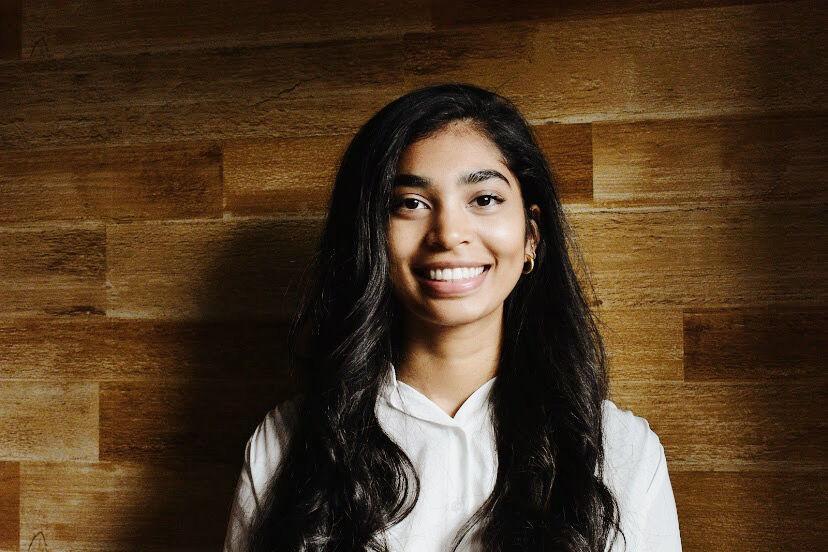On Sept. 29, the first presidential debate was held between current President Donald Trump and the Democratic nominee Joe Biden, and it was one of the most disappointing campaign events that many had ever seen.
Both candidates were not at their best, talking over one another and the moderator, as well as continuously exceeding the set time limits. In post-coverage news, answers to talking points were discussed, but one of the most important questions many were wondering was what the vice presidential debate would look like.
On Oct. 7, current Vice President Mike Pence and Californian Sen. Kamala Harris sat on opposing sides of the debate stage where they discussed a multitude of issues, such as climate change, systemic racism, COVID-19 and the current Supreme Court nomination process. Both candidates consistently backed up their running mates’ stances and kept a calm demeanor, expressing passion when they felt the need to, but not so much that it was overwhelmingly disrespectful.
If anything, the tone and talking points of the debate were expected, going exactly how one might envision. In truth, it wasn’t necessarily deserving of any spectacular praise; however, if it received any, it is largely because these events can only go up in comparison to the first presidential debate, which was considered a notable disaster.
Madeline Preiss, a fourth-year studying business administration and English, said that the vice presidential debate provided more insight on platform issues and reaffirmed her voting plan.
“The vice presidential debate was much clearer and more informative than the presidential debate,” Preiss said. “The presidential debate was overshadowed by Trump’s embarrassing, brutish and unprofessional behavior. Although [this] debate was far from perfect, it was superior to the presidential debate in that I learned more about the candidate’s plans of action should they be elected.”
Nathan Wyatt-Ingram, a third-year studying political science and history, addressed the differences in the candidates’ attitudes between both debates.
“The vice presidential debate seemed less childlike and less all over the place compared to the presidential debate,” Wyatt-Ingram said. “I think that Mike Pence was way calmer than Donald Trump and that Kamala Harris was very similarly oriented to Joe Biden.”
A question that is often asked at the end of these events is who came out ahead: Which candidate seemed the strongest, had the most compelling responses or found that intersection between being assertive but respectful?
That was Sen. Kamala Harris.
Harris consistently looked to the camera and addressed the nation, not just the moderator. The congresswoman broke down platform issues so that citizens watching could really understand them. At one point Harris said, “You know, we have a 20-year-old — a 20-something-year-old — who is coming out of high school and college right now […] wondering, is there going to be a job there for you?”
This is the reality that we as college students are facing: a recession, a collapsing job market and a planet facing the brunt of climate change.
We need leaders who are recognizing that this is the world that we are inheriting and that young voters are a fundamental voting bloc in this election. They need to appeal and get real with us, and not as a way to trend on Twitter, but because we are essential in upholding this democracy.
The next debate that both campaigns have agreed to is on Oct. 22 in Nashville, Tennessee, and I can only cross my fingers that the candidates take a cue from their running mates and remain civilized, respectful and, dare I say, presidential.














